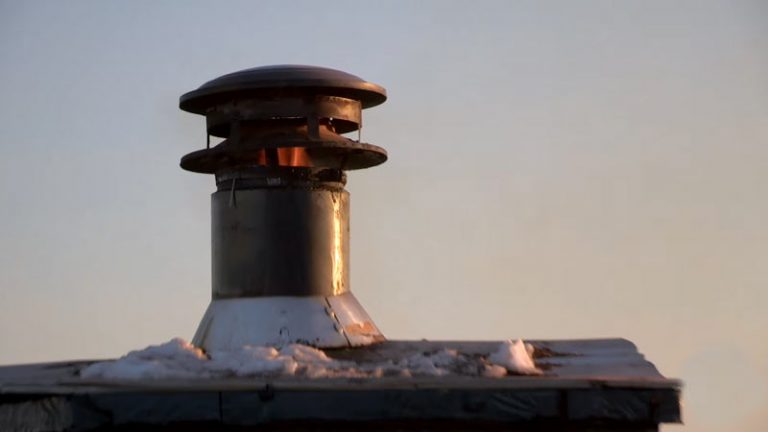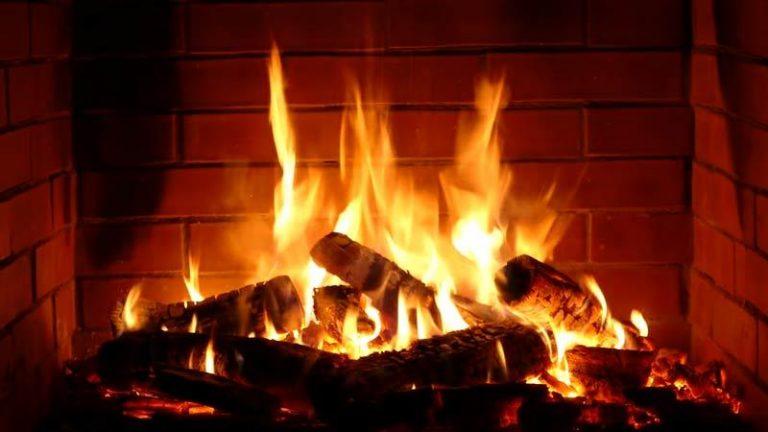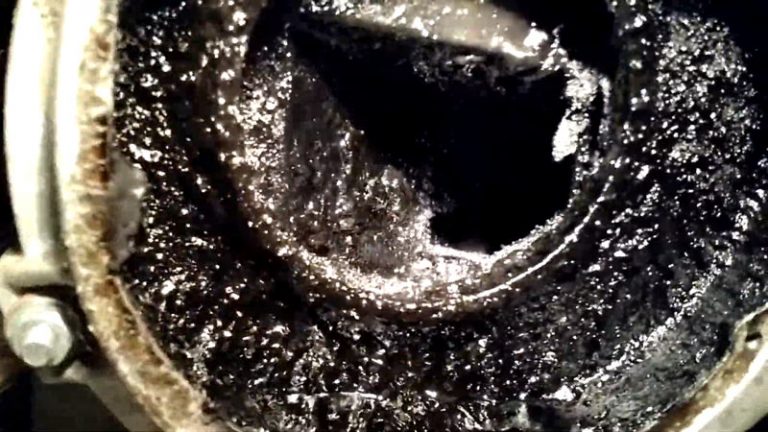What Type Of Plant Is The Creosote Bush
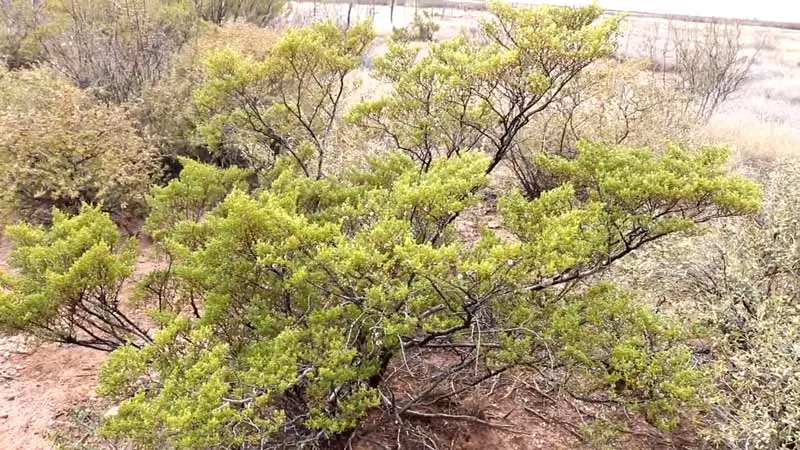
Creosote bush is a medium-sized evergreen shrub with alternate, serrated leaves, and blunt tips. The tar that the creosote bush produces as an oil source gives it its name.
Flowers vary depending on location but generally occur in late winter to early spring; fruits are 3″ long capsules that split open to release seeds. Creosote bush grows in various parts of North America, including California, Texas, and Oklahoma (where it is endangered).
If you’re interested in growing creosote bush, be sure to check out some gardening resources online first.
You'll Learn About
What Type Of Plant Is The Creosote Bush?
Creosote bush is a medium-sized evergreen shrub that gets its name from the tar it produces as an oil source. Leaves are alternate, with serrated margins and blunt tips.
Flowering time varies depending on location but generally occurs in late winter to early spring. Fruits are 3″ long capsules that split open to release seeds.
Medium-sized evergreen shrub
Creosote bush is a medium-sized evergreen shrub that can grow up to 6 feet tall and wide. The leaves are oval in shape, with serrated margins and dull green color.
The flowers are small, white, and fragrant, appearing in early spring. The fruit is an orange capsule that opens to release the seeds inside.
Gets its name from the tar that it produces
Creosote bush is a succulent that is native to the southwest United States. The tar from the creosote bush can be used as an oil source for many products, such as paint and varnish.
Creosote bush grows best in areas with low humidity levels and full sun exposure. It can take up to 10 years for a creosote bush to reach maturity, so patience is key when growing this plant.
If you would like to purchase or grow a creosote Bush, please contact your local nursery or garden center for more information.
Leaves are alternate
The Creosote Bush is a shrub that grows in the southwestern United States and Mexico. The leaves are alternate, with serrated margins and blunt tips. This plant can grow up to 2 meters tall, and its bark is rough and brownish-gray in color.
The flowers of the Creosote Bush are red or yellow, and they produce small fruits that look like green nutsacks. The Creosote Bush makes an excellent hedge or landscaping plant because it has dense foliage and produces summer blooms.
Flowering time varies
Creosote bush is a shrub that typically blooms in late winter to early spring. Depending on the location, flowering time may vary but generally occurs during this timeframe.
The creosote bush produces clusters of purple flowers that are beautiful against the snow-covered ground or green leaves in summertime. If you’re looking for an interesting plant to add interest to your garden, take a look at the creosote bush.
Keep in mind that flowering times can change depending on where you live so be sure to check with a nearby botanist before planting it.
Fruits are 3″ long capsules
Creosote bush (Larrea tridentata) is a succulent that grows in warm climates around the world. The fruit is 3″ long capsules that split open to release seeds.
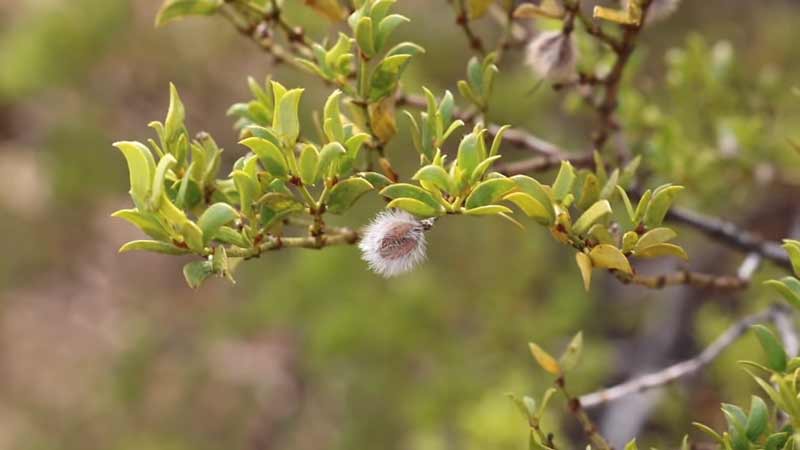
The leaves and stem have a strong, characteristic odor of creosote oil, which gives the plant its name. The creosote bush produces small red flowers in late summer or fall before producing fruits 52-60 days later. If you live near an area where this plant can be found, it makes for an interesting landscape addition.
Is creosote a cactus?
Creosote is a type of tar that can be found in many different parts of the world. It’s often used as a sealant or protective coating on wooden buildings and other objects.
However, some people think it might also be toxic to humans if ingested in large quantities.
Creosote is not a cactus
Creosote bush and clavellina are in the same plant family, but creosote is more common than clavellina.
The creosote bush has cylindrical stems while clavellina has spreading ones. There’s also a difference between “creosote” and “cacti.” Cacti are often called desert plants because they grow best in dry climates, while creosote can grow anywhere there’s enough moisture.
Creosote Bush vs Clavellina: Which Is More Common?
The creosOTE bush is more common than the claveLLINA, but that doesn’t mean you won’t find it somewhere.
What is unique about a creosote bush?
A creosote bush is a small shrub that grows in desert areas. The plant produces an oily substance called creosote, which helps protect the shrub from drought and other factors.
Creosote bushes are unique because they produce a valuable resource without harming other plants or animals.
- The Creosote bush has a cone-shaped stem.
- Creosote bush can grow into a hemisphere.
- The branches of the creosote bush channel rain down to the soil for root absorption.
- Leaf litter and other organic materials collect under the branches, providing nutrients and shelter for insects and other organisms that live in or near the plant.
- Creosote bushes are unique because they have evolved to exploit specific environmental conditions in order to survive
What does the creosote bush do?
Creosote bush is used to produce herbal medicines that can help treat many viral infections, such as colds and the flu. Some people argue that creosote bush can heal many different types of infections, including those that are caused by viruses.
Creosote bush is an anti-inflammatory herb that can be helpful in treating symptoms of rheumatism and general aches and pains. You can purchase creosote bushes online or at some health food stores for use in your own home remedies. You will need to boil water, pour it over the herbs, cover them with a cloth, and let them steep for about 30 minutes before using them therapeutically.
Is creosote bush the same as chaparral?
Chaparral and creosote bush are both types of shrubs that can be found in the California desert. However, they have different uses and origins. Chaparral is a type of oak tree that grows best in areas with lots of rainfall.

Creosote bush, on the other hand, is a type of juniper tree that grows better in drier climates. Creosote bush is a shrub that grows in the deserts of southern California, Arizona, New Mexico, and Texas. It is also known as Larrea tridentate, chaparral, and greasewood.
The plant contains toxins that are released during combustion (smoking). This makes it hazardous to use as herbal medicine. Creosote bush can be found in Southern California, Arizona, New Mexico, and Texas. It has been used for centuries as an herbal medicine for treating conditions such as asthma and bronchitis.
Creosote bush contains toxic compounds which are released when burned or smoked – making it hazardous to use if you’re looking for a natural remedy for your health problems. Creosote bush can grow up to 4 meters tall but usually only reaches 1-2 meters in diameter due to its shallow root system.
While creosote bush may be harmful when taken internally or smoked, it’s still worth checking out if you’re suffering from conditions such as asthma or bronchitis. Just make sure that you consult with a qualified healthcare professional first.
What does a creosote bush smell like?
If you’ve ever been near a creosote bush, you know that the smell can be overpowering. Creosote is a type of tar that is used to seal roofs and other surfaces in hot weather.
When it rains or seeps through the roof, the tar combines with water and air to create a sticky substance called creosote. The sticky liquid form of creosote contains benzene, which smells like coal gas when it’s burned.
This smell is what gives creosotes their nickname – “tar bushes.” In the wild, creosote bushes are found in dry regions such as Arizona and California. These plants have thick leaves that are coated in a sticky substance called creosote.
Creosote is used to conserve water by trapping air and moisture within the plant’s cells. The unique scent of monsoon season comes from the fact that this plant releases natural oils during rainstorms. This oil smell is earthy, musky, and reminiscent of pine trees.
Is creosote bush a tree?
Creosote bush is not a tree, but it can reach heights of up to 5 feet and widths of 10 feet. It has slender, irregularly branching stems that bear tiny leaflets with rich-green aromas.
The compound leaves are composed of 2 leaflets and grow in moist areas such as bogs and swamps. It grows native to North America, specifically the eastern United States and Canada 5. creosote bush is not a tree, but you can identify it by its slender stem, aromatic leaves, and lack of foliage on the top portion
Is creosote bush toxic to humans?
Coal tar creosote is a plant-based product made from coal that has been treated with a compound called creosote oil. The oil can be harmful to the liver or kidney, and workers who are exposed to it may be at risk for poisoning.
Eatingcoal tar creosote leaves can lead to health problems such as gastrointestinal issues and skin rashes. People who live in areas where this plant grows are also at risk of illness if they consume herbal remedies containing creosote bush leaves accidentally or intentionally.
If you’re concerned about your exposure to coal tar creosote, talk to your doctor about possible treatment options.
Carrier Code 12 [Meaning, Symptoms, Solutions]
To Recap
Creosote bushes are succulent plants that can grow up to 6 feet tall. They have green leaves and produce purple flowers in late spring. The creosote bush is native to the Southwest United States, but it can be found growing in other parts of the country as well.


